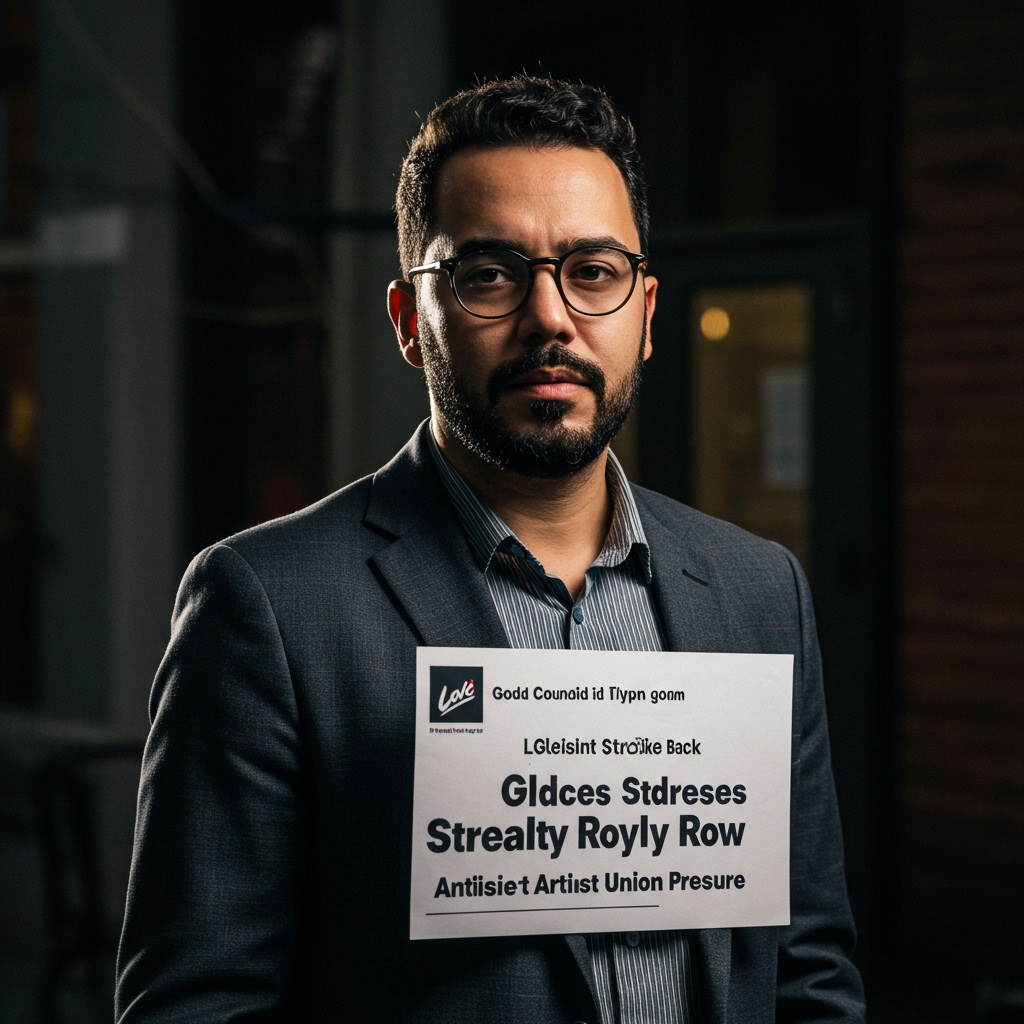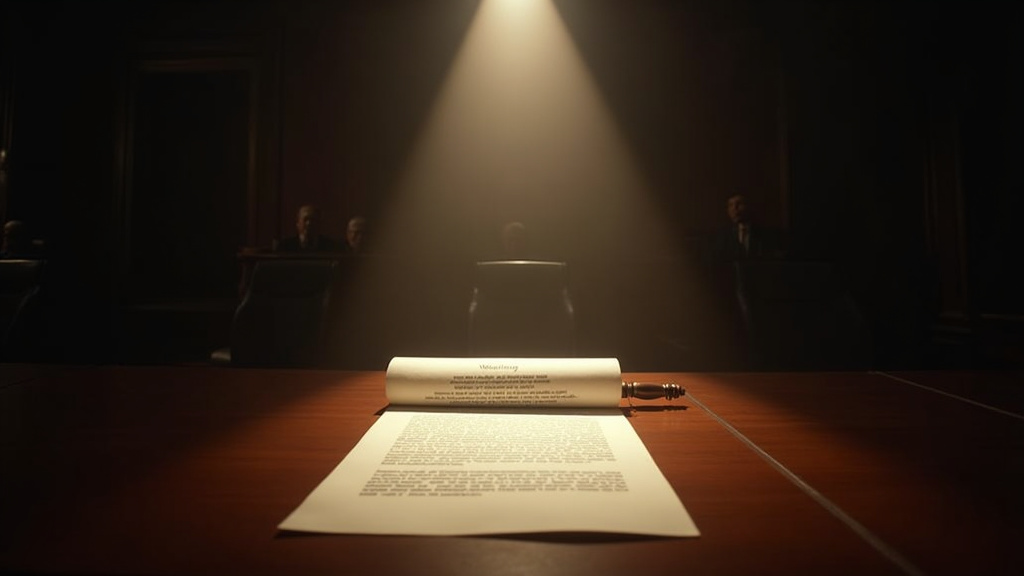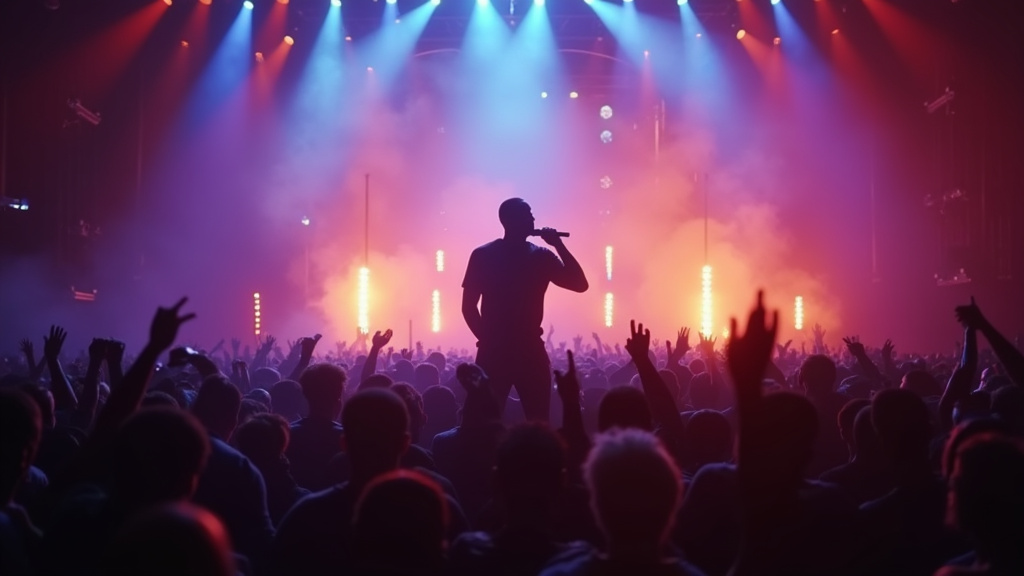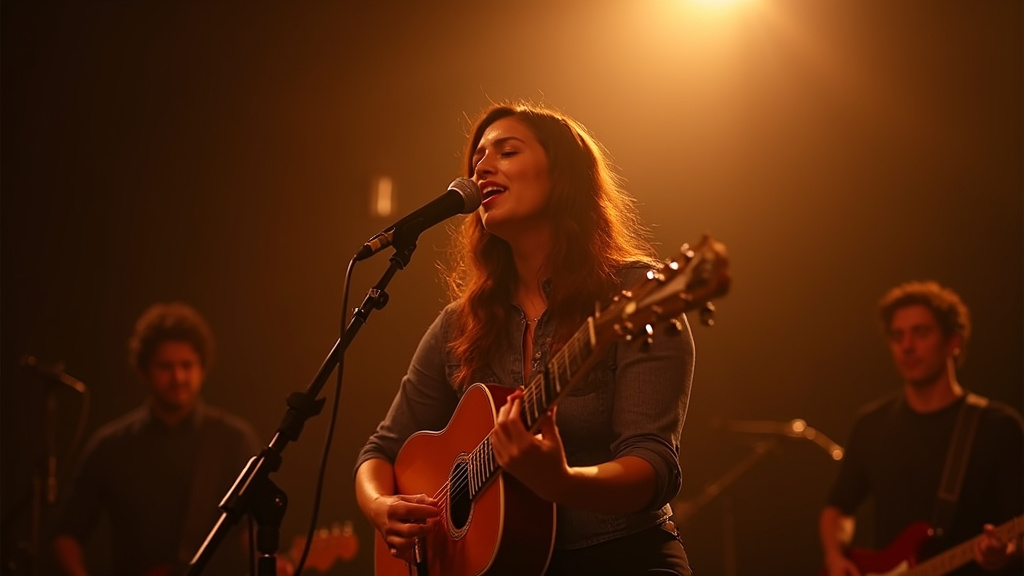Major Labels Respond to Royalty Dispute
The Global Record Label Alliance (GRLA), the influential trade group representing the world’s largest music companies including Universal Music Group, Sony Music Entertainment, and Warner Music Group, issued a significant statement today, January 30, 2025. The communication directly addressed the escalating dispute surrounding royalty distribution with the digital streaming platform StreamPulse and also responded to the public demands put forth by the Global Artist Union (GAU) just yesterday.
In its carefully worded statement, the GRLA acknowledged the ongoing public discourse regarding artist compensation in the streaming era and conceded the need for continued dialogue within the complex music ecosystem. However, the alliance firmly reiterated the foundational importance of existing contractual agreements that govern the relationships between labels, artists, and digital platforms. This emphasis on current contracts serves as a clear indicator of the labels’ position concerning any potential renegotiation or restructuring of royalty flows.
Navigating the Complex Ecosystem
The GRLA’s statement highlights the intricate nature of the music distribution ecosystem, characterizing it as a delicate balance involving creators, rights holders (labels and publishers), distributors (platforms), and ultimately, consumers. The alliance suggested that abrupt or poorly considered changes could have unintended negative consequences across this interconnected web. This perspective underscores the labels’ argument that the current system, while potentially imperfect, is the result of years of evolution and negotiation.
While acknowledging the calls for change, the GRLA pushed back, albeit gently, against the notion of immediate, drastic alterations to the current revenue split model. Reports and industry analyses consistently indicate that, under the prevailing structure, approximately 52% of streaming revenue is allocated to rights holders, encompassing both record labels and music publishers. The Global Artist Union has been vocal in its criticism of this split, arguing that an insufficient share trickles down to recording artists, particularly non-featured performers and those on less favorable legacy deals.
Calls for Dialogue Versus Systemic Change
The GRLA statement indicated a willingness for “constructive conversations” with stakeholders, including artists and potentially platforms, regarding the future of the streaming economy. This opening for dialogue suggests that labels are not entirely closed off to discussions about improving artist compensation or addressing concerns raised by unions and creators. However, the phrasing also implies a preference for measured, collaborative approaches rather than sudden, externally imposed mandates or unilateral demands.
The alliance cautioned strongly against the risks of destabilizing the industry’s existing financial framework without thorough consideration of all stakeholders’ interests. This warning serves as a direct counterpoint to the GAU’s call for immediate, industry-wide negotiation on royalty rates, suggesting that such actions, if not handled with care, could disrupt investment in new music, marketing, and artist development – areas labels argue are crucial to the ecosystem’s health.
Background: Artist Union Demands and StreamPulse Dispute
The GRLA’s statement comes on the heels of significant pressure from the Global Artist Union, which issued a strong call yesterday, January 29, 2025, for major labels and streaming services to engage in industry-wide collective bargaining over royalty rates and terms. The GAU’s campaign has gained traction amidst growing concerns among artists about the sustainability of careers based on streaming income under the current payout models.
Simultaneously, the dispute with StreamPulse, a major player in the digital streaming landscape, adds another layer of tension to the situation. While the specifics of the StreamPulse disagreement were not fully detailed in the GRLA’s public statement, it is understood to revolve around financial terms, licensing agreements, and potentially differing interpretations of royalty calculations. The fact that the GRLA chose to address both the StreamPulse issue and the GAU’s demands in a single statement underscores the interconnectedness of platform negotiations and artist compensation debates in the current industry climate.
Industry observers anticipate that this statement marks a pivotal moment, setting the stage for potential negotiations, continued public debate, and possibly further actions from both artist groups and digital platforms. The GRLA’s position emphasizes stability, contractual integrity, and collaborative discussion, signaling that while labels are open to dialogue, they are prepared to defend the existing structures against calls for rapid, fundamental overhauls.





